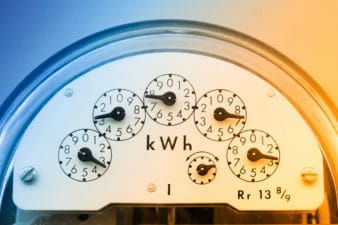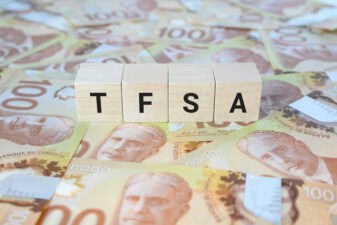For Canadians, RRSPs are a cornerstone of retirement. Providing the potential to grow your investments tax-free for decades, they have considerable benefits if used wisely. If you have $750,000 in an RRSP and withdraw 4% in a year, you can earn $30,000.
If you have no outside income when you withdraw, the taxes on that sum will be minimal. The income generated by such a portfolio far exceeds what you can earn from CPP at the maximum benefit level.
However, there’s a catch:
An RRSP won’t keep you afloat unless you have enough money invested in it in the first place.
With a $50,000 RRSP balance, you’ll only pull out $2,000 from a 4% withdrawal. And if your balance is at that level when you turn 71, withdrawals become mandatory. So clearly, for an RRSP to be worthwhile, you need a significant sum of money in it.
The question, then, is this: Does your RRSP measure up?
Average amount held in an RRSP
To understand whether your RRSP measures up, it helps to look at how other Canadians are doing with theirs. There are ample studies out there to help you find that out. One such study from the Bank of Montreal revealed the average Canadian’s RRSP balance.
The amount?
$101,155.
At an average portfolio yield of 3.5%, that pays about $3,500 a year.
A nice income supplement, but nothing you can retire on.
Clearly, you’ll need more than that to retire comfortably. The question is, how much more?
How much you’ll need to retire from RRSP money
As mentioned at the beginning of this article, you’ll get $30,000 a year from an RRSP if you have $750,000 and withdraw 4% in a given year; 4% is about the amount that you have to withdraw at age 71. As you get older, the percentage increases.
You can sell stock to cover RRSP withdrawals, but it’s not always a good idea. Markets fluctuate all the time, and selling in bear markets is usually a losing proposition.
So, to really see how much you’ll need to retire on RRSP funds, we’ll need to look at dividend stocks. Or even better, ETFs. ETFs provide built-in diversification, eliminating the need for individual stock research. This is a huge benefit for retirees who aren’t investing experts.
One ETF that could generate considerable RRSP income is the iShares S&P/TSX 60 Index Fund. It’s an index fund based on the TSX 60–the 60 largest Canadian companies by market cap.
At current prices, XIU yields 3.05%, which will net you $22,875 in dividends a year with $750,000 invested. A 3% yield technically isn’t enough to cover the RRSP’s mandatory 4% withdrawal at age 71.
But remember: dividends can grow over time. If you’re 60 now, you could buy in at a 3.05% yield today, and find your XIU units paying 5% or more when you’re 71. This feature makes XIU a solid ETF to hold in an RRSP–provided you save enough to make it count.
If you want to play it really safe, you could also invest in bond funds like the BMO Mid-Term U.S. Investment Grade Corporate Bond ETF. That’s a bond fund that yields 2.87% at current prices.
Bonds are the safest form of income out there. Their interest doesn’t have the potential to grow like dividends do, but the income they do pay is legally protected.








